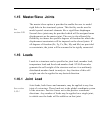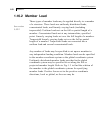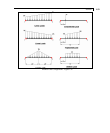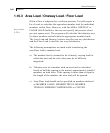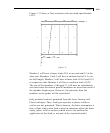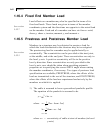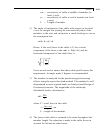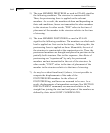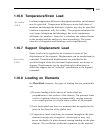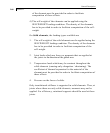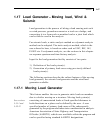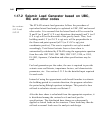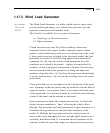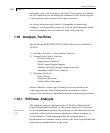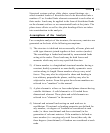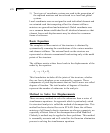
Section 1
1-65
1.16.6 Temperature/Strain Load
Uniform temperature difference throughout members and elements
may be specified. Temperature differences across both faces of
members and through the thickness of plates may also be specified
(uniform temperature only for solids).. The program calculates the
axial strain (elongation and shrinkage) due to the temperature
difference for members. From this it calculates the induced forces
in the member and the analysis is done accordingly. The strain
intervals of elongation and shrinkage can be input directly.
See section
5.32.6
1.16.7 Support Displacement Load
Static Loads can be applied to the structure in terms of the
displacement of the supports. Displacement can be translational or
rotational. Translational displacements are provided in the
specified length while the rotational displacements are always in
degrees. Displacements can be specified only in directions in
which the support has an “enforced” specification in the Support
command.
See section
5.32.8
1.16.8 Loading on Elements
On Plate/Shell elements, the types of loading that are permissible
are:
1) Pressure loading which consists of loads which act
perpendicular to the surface of the element. The pressure loads
can be of uniform intensity or trapezoidally varying intensity
over a small portion or over the entire surface of the element.
2) Joint loads which are forces or moments that are applied at the
joints in the direction of the global axes.
3) Temperature loads which may be constant throughout the plate
element (causing only elongation / shortening) or may vary
across the depth of a plate element causing bending on the plate
element. The coefficient of thermal expansion for the material



